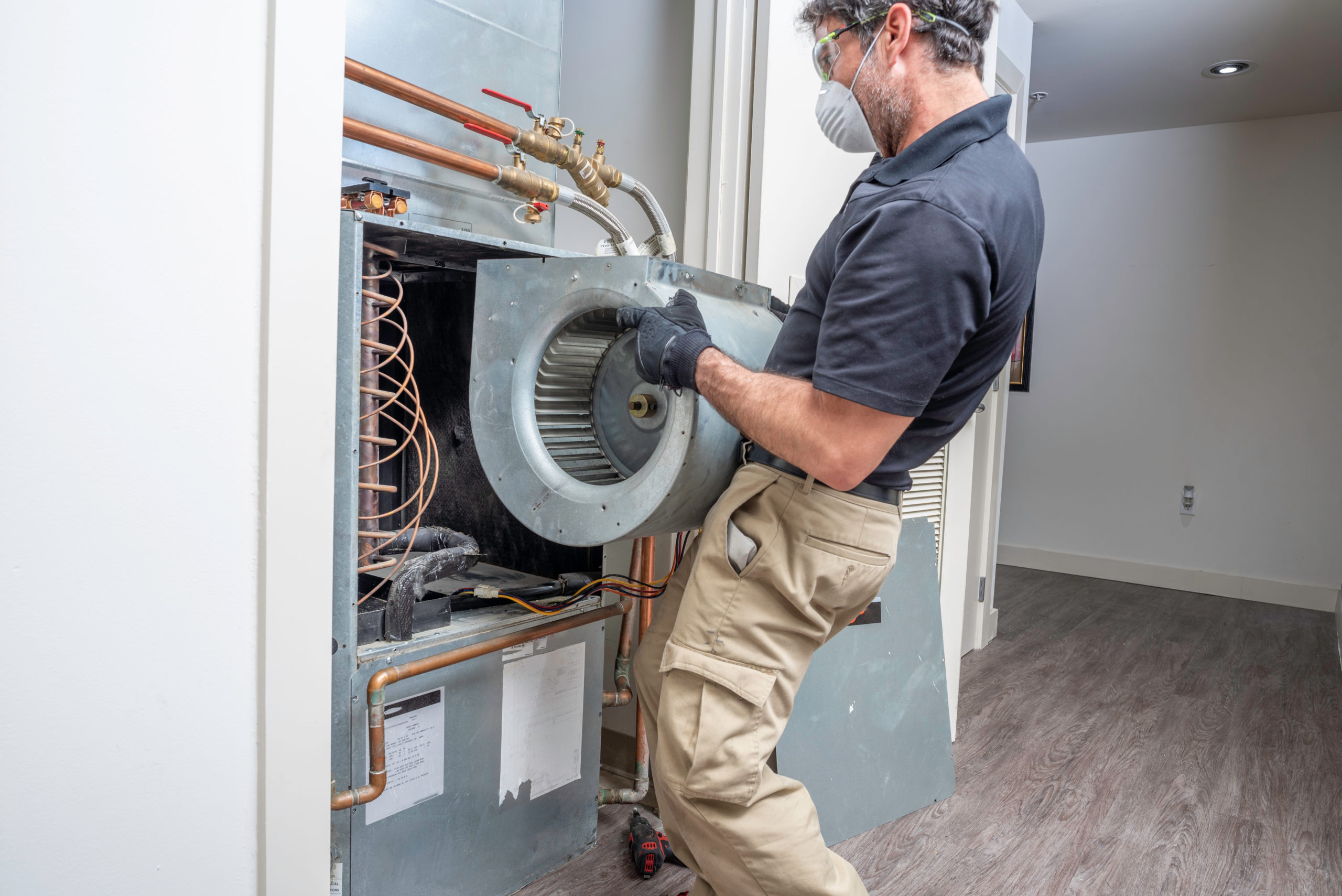Having trouble with your AC? Our air conditioner repair services are affordable.
Having trouble with your AC? Our air conditioner repair services are affordable.
Blog Article
Exactly How to Improve Energy Effectiveness With Your HVAC System and Furnace Upgrades
As power expenses proceed to climb, the relevance of improving power effectiveness via Heating and cooling system and heating system upgrades can not be overstated. Reviewing your existing system's performance and thinking about energy-efficient alternatives are essential first steps.
Examine Your Present System
Prior to starting any type of upgrades, it is important to examine your present HVAC system and heating system to recognize their effectiveness and performance. This initial examination provides a structure for recognizing locations that need enhancement and notifies decisions concerning possible upgrades. Begin by taking a look at the age of your HVAC system, as obsolete versions may do not have contemporary energy-saving features.

Energy consumption records will additionally be important in determining your system's functional costs. By examining energy expenses, you can identify patterns of energy usage and recognize spikes that necessitate additional investigation. Finally, take into consideration performing a professional energy audit to obtain a professional evaluation of your system's efficiency. This detailed examination will direct you in making notified choices around needed upgrades, making sure that your investments in power effectiveness generate the wanted benefits.
Upgrade to Energy-Efficient Designs
Upgrading to energy-efficient models is a pivotal action in enhancing the overall efficiency of your a/c system and heater. These modern systems are made to take in much less energy while providing ideal heating and air conditioning, causing considerable price savings on energy costs and a decreased environmental footprint.
When taking into consideration an upgrade, try to find versions that have high Seasonal Energy Performance Ratios (SEER) for air conditioning and Yearly Gas Use Efficiency (AFUE) ratings for heating systems. These ratings show the effectiveness of the devices, with higher numbers reflecting far better performance. Energy-efficient models frequently integrate sophisticated modern technologies, such as variable-speed motors and wise thermostats, which additionally boost energy cost savings.
In addition, several energy-efficient a/c systems are furnished with boosted insulation and much better securing, which minimize energy loss and enhance interior convenience. furnace repair. While the first investment might be greater, the lasting cost savings on energy prices and potential tax obligation motivations for using energy-efficient appliances can offset this expense significantly

Ultimately, upgrading to energy-efficient versions not just adds to a more lasting future however likewise boosts the convenience and performance of your home or organization.
Optimize System Settings
To take full advantage of the performance of your cooling and heating system and furnace, it is vital to enhance system setups tailored to your certain needs. Beginning by establishing your thermostat to an energy-efficient temperature. The U.S. Division of Energy suggests a winter setup of 68 ° F when you are Check This Out conscious and lowering it while you sleep or are away. In summer season, aim for 78 ° F throughout the day.
Make use of programmable or clever thermostats that enable you to set up temperature level changes automatically. This guarantees your system runs just when necessary, decreasing energy consumption. Additionally, make sure that your system is established to run in the correct mode-- heating in wintertime and air conditioning in summer season-- while preventing the constant fan alternative unless needed for air flow.
Take into consideration zoning systems that enable individualized comfort in different locations of your home, better improving performance. By fine-tuning these settings, you can accomplish substantial power savings while keeping a comfy living environment.
Improve Insulation and Sealing
A well-insulated home is crucial to maximizing the performance of your Cooling and heating system and heating system. Proper insulation minimizes the workload on these systems, therefore conserving energy and lowering energy bills.
In addition to insulation, sealing voids and splits is critical. Pay unique interest to windows, doors, and any penetrations in walls, such as electric outlets and plumbing fixtures. Weatherstripping and caulking can efficiently seal these openings, protecting against drafts that endanger your heating and cooling efficiency.
Additionally, make sure that ducts are appropriately protected and secured. Leaky air ducts can useful source result in considerable energy losses, decreasing system efficiency. Making use of mastic sealer or metal tape to seal air duct joints can improve air flow and effectiveness.
Arrange Normal Maintenance
Normal maintenance of your HVAC system and furnace is vital for making certain optimum efficiency and longevity. During upkeep, a certified technician will clean and replace filters, check refrigerant levels, inspect ductwork for leakages, and review total system procedure.
It is advised to set up upkeep at the very least two times a year-- when in the spring for the cooling system and once in view it the fall for the furnace. furnace repair. Regular maintenance aids maintain regular interior temperatures, guaranteeing comfort throughout the year. Additionally, a properly maintained system runs a lot more effectively, which can result in visible decreases in power expenses
Overlooking maintenance can cause reduced efficiency, increased damage, and inevitably, system failure. By focusing on normal service, homeowners can prevent unexpected breakdowns and guarantee their a/c system and furnace run at peak performance. Buying upkeep is an important action in enhancing power effectiveness and developing a much more sustainable home atmosphere.
Conclusion
To conclude, improving power effectiveness within cooling and heating systems and heating system upgrades is essential for lowering energy intake and enhancing overall convenience. A systematic technique that includes examining the existing system, purchasing energy-efficient versions, optimizing setups, boosting insulation, and scheduling normal maintenance can cause substantial benefits. Carrying out these strategies not just lowers energy expenses yet also contributes to an extra sustainable environment, making it imperative for property owners to focus on these upgrades.
Report this page